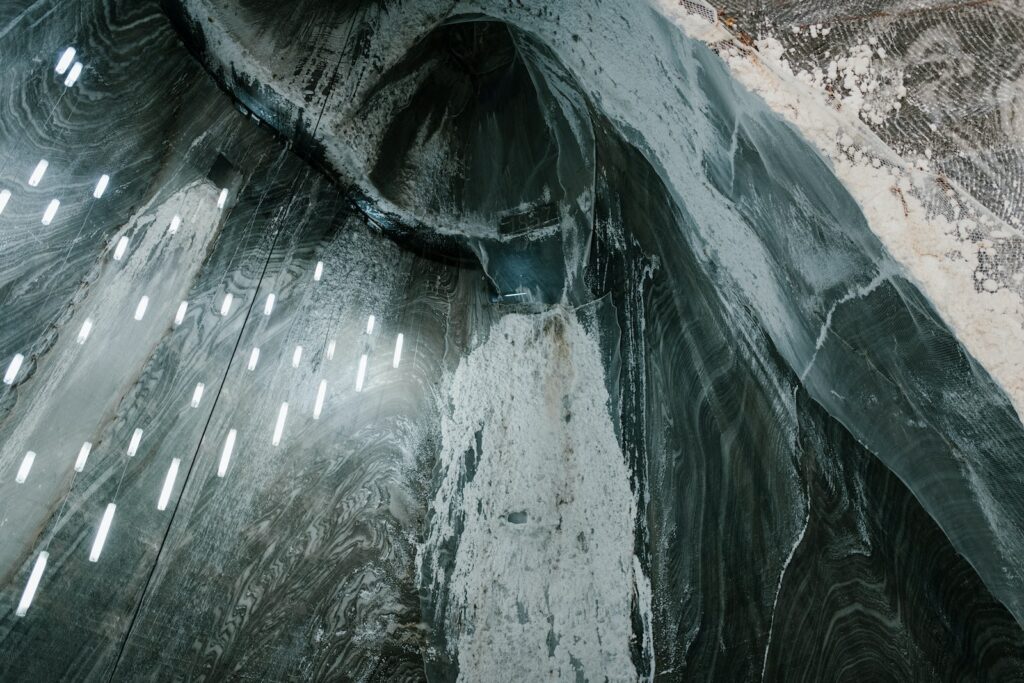New Zealand is known for its stunning natural beauty and diverse and unpredictable weather. These aspects of the country both attract tourists and pose unique challenges to industries such as the mining industry. This article will explore the potential effects of New Zealand’s weather on the mining industry in the country.
New Zealand’s Climate and Weather
New Zealand has a maritime climate, which is characterized by cool temperatures, moderate rainfall, and frequent high-pressure systems. In general, the climate is mild, but it can vary greatly from region to region. The country has four distinct seasons: spring, summer, autumn, and winter. In the north, temperatures can vary drastically throughout the year, while in the south temperatures tend to remain more consistent.
Rainfall is plentiful in New Zealand, especially in the mountainous regions where it can reach up to 2000mm annually. In the highland regions, snowfall can occur in the winter months, and there is also a risk of landslides, avalanches, and floods. New Zealand is also prone to earthquakes due to its location in the Pacific Ring of Fire.
Effects on Mining in New Zealand
Mining operations in New Zealand are subject to the same weather-related risks as any other industry in the country. Poor weather can impede digging or digging-related activities, and make it difficult for personnel to remain on-site. In addition, inclement weather can make the transportation of resources more difficult and dangerous, hindering the progress of the operation.
The following are some of the other weather-related risks faced by miners in New Zealand:
- Severe storms: Severe storms can cause flooding, landslides, and avalanches which can disrupt operations and cause damage to the equipment.
- Heat: Excessive heat can cause dehydration and heatstroke, making it dangerous for workers to remain in the area for long periods of time.
At the same time, New Zealand’s climate and weather also has the potential to be beneficial for some mining operations. The country can experience both long and hot summers, as well as long, mild winters. Mild weather can be advantageous for ore extraction and processing, as well as for construction and maintenance activities. In addition, the abundance of rainfall can help to keep mining sites from becoming too dry and dusty.
Weather-Proofing Mining Operations
Mining operators in New Zealand must take the weather into consideration when planning their operations. Here are some tips to mitigate the risks posed by New Zealand’s weather:
- Prepare for storms: Make sure that weather forecasting and evacuation plans are in place in case of severe storms.
- Keep workers safe: Provide workers with protective clothing and equipment, and appropriate rest periods during hot weather.
- Monitor conditions: Monitor water levels and other conditions at the mining site and in the surrounding area to ensure that operations can cease if necessary.
It is also important for mining operators in New Zealand to use the weather to their advantage. For example, take advantage of the mild and temperate winter months to plan and execute construction activities.
Conclusion
New Zealand’s climate and weather can present unique challenges to the mining industry in the country. To be successful, operators need to anticipate and prepare for the potential risks posed by the weather, as well as make sure to use the favorable conditions to their advantage. By doing so, it is possible to create a safe and successful mining environment.

